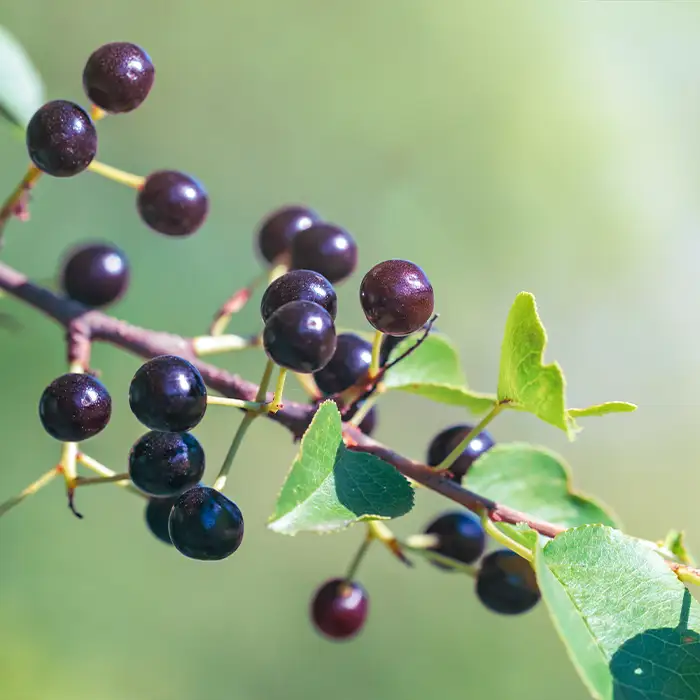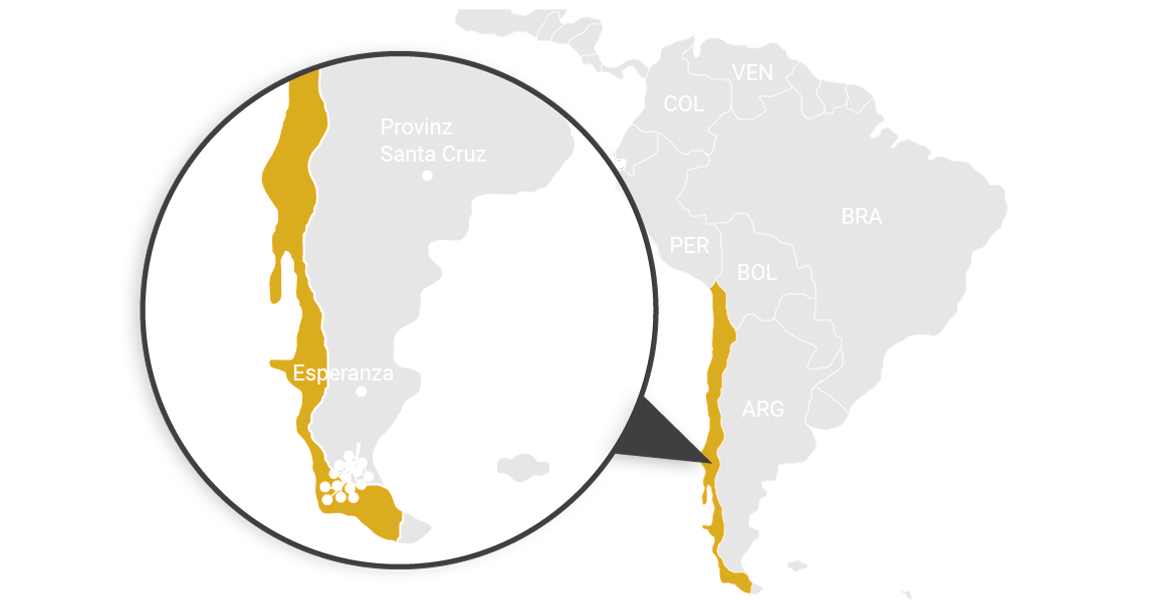
The Maqui Berry
(Aristotelia chilensis)
Deep in the wild forests of Patagonia, the maqui berry ripens and has served as a valuable food for the indigenous natives since ancient times.
The maqui berry, also known as Chilean wine berry, contains many nutrients and is particularly rich in secondary plant substances. The above-average content of anthocyanins – especially delphinidin – is particularly worth mentioning.
This natural flavonoid not only gives the exotic berry its noble-looking dark purple skin, but also ensures that the maqui berry is increasingly becoming the focus of nutritional science. One reason for this: the unique ORAC value (Oxygen Radical Absorbance Capacity).
The “sacred berry” in the mysterious juice of the Mapuche Indians
The indigenous people of Patagonia have been using the maqui berry since ancient times.
It was the French botanist Claude Gay who discovered the maqui berry on his journey through South America in the 19th century. In 1844, he noticed that the indigenous population used the maqui berry as a raw material for a juice that is still used as a medicine by the Mapuche Indians today. This is one reason why the maqui berry is also called the “sacred berry” by the indigenous people of Patagonia.
From a botanical point of view, the maqui tree belongs to the oil fruit family (Elaeocarpaceae). The small maqui berry ripens on the tree and has a diameter of just six millimetres. Despite its small size, it catches the eye of the observer directly, which is due to its intense violet colouring. The berry owes this special colouring to its high content of anthocyanins – especially delphinidin.

Matured in the plains and highlands at the southern tip of South America
Deep purple colouring thanks to a high content of anthocyanins
Patagonia – the region of origin of the maqui berry – is located at the southern tip of South America. The Andean region is bordered by the rivers Rio Colorado, Rio Bio Bio and the well-known strait called the Strait of Magellan.
Large parts of Patagonia are scenically barren, but between Argentina and Chile, the evergreen maqui tree (Aristotelia chilensis) finds optimal living conditions in the wild forests. It grows in the plains and at altitudes of up to 2,500 metres and reaches a height of up to four metres itself. During the flowering period between June and July, the tree produces whitish to greenish-yellow flowers.